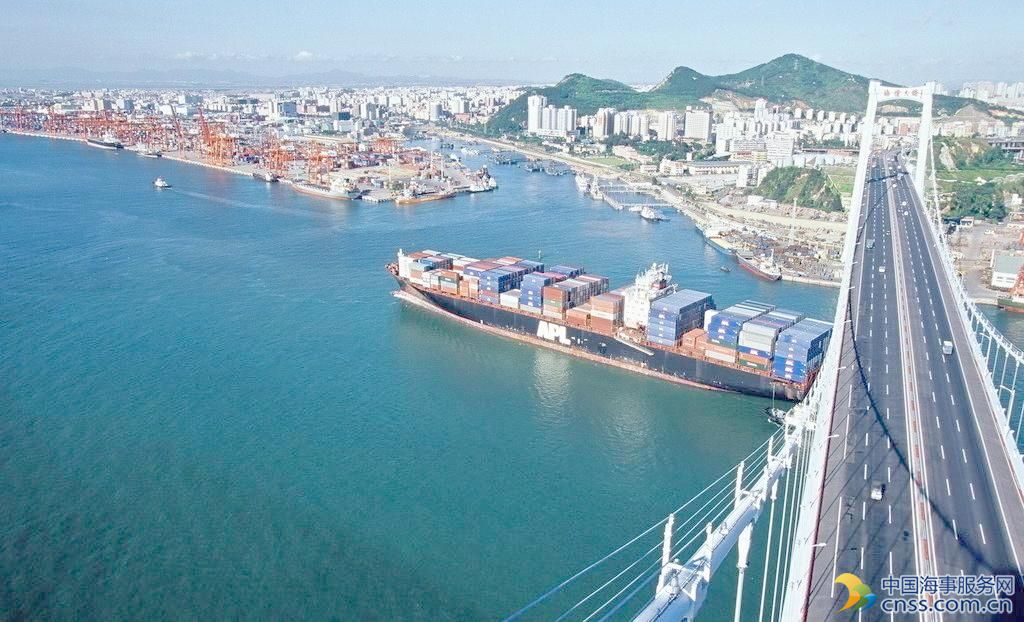Commodities Slump Fueled by Softening Demand From China

A global commodities slump deepened Friday, with oil and iron ore hitting their lowest levels since November on continuing worries about an excess of world-wide supply, as well as concerns over weakening demand in the key China market.
Market jitters pushed crude futures down more than a $1 a barrel, or 3%, in the space of 10 minutes in early Asia trading, although prices recovered to trade slightly higher by midmorning in Europe. The slide briefly took oil prices down 10% for the week, the kind of drop last seen in January 2016, when global markets were plummeting on concern about the health of China’s economy.
The price of iron-ore futures, seen as an indicator of demand for the key steelmaking ingredient, fell 7.5% Friday on China’s Dalian Commodity Exchange, following an 8% tumble to their trading limit the previous day. Iron-ore futures are now at their lowest levels since November and down 31% from the two-and-half-year high hit in February. Futures prices for a pair of steel products traded in Shanghai fell as much as 8% for the week.
To be sure, some of the wild swings were on Chinese markets, which are notorious for speculative trading and roller-coaster moves. And investors aren’t nearly as skeptical about the outlook for China’s economy as they were during the commodities- and global-equities meltdown early last year.
But analysts say concerns over softening demand in China for construction materials such as steel are once again a big factor in the falling prices. Those concerns have been fed by weaker manufacturing data and recent moves by Chinese regulators that could curb growth in areas such as housing and infrastructure construction.
Inventories of imported iron ore at China’s 45 major ports hit a record high of more than 130 million yuan at the end of March, and climbed to more than 135 million tons this week, according to the China Iron and Steel Industry Association.
“There has been a visible shift of sentiment in the financial market,” said Sun Yonggang, an analyst at Chaos Ternary Futures Co. “Over 80% of the steel traders we talked with were upbeat about the outlook in the first quarter. But now they have all turned pessimistic.”
The fall in oil prices on Friday took crude to its lowest intraday level since mid-November, a few weeks before the Organization of the Petroleum Exporting Countries and other oil producers such as Russia supported the market by announcing a six-month agreement to cut production.
A decision on whether to extend and possibly increase those cuts is due later this month. But traders in recent days have lost faith that the current production caps are doing much to reduce the global oil glut that has pressured prices since 2014. Global oil inventories are still robust. And American shale-oil producers are producing even more than many analysts had expected in the wake of the OPEC cuts.
Moreover, some estimates show that despite the November deal, OPEC’s total production is still above the agreed cap. That could be confirmed by the cartel’s production report for April, which is due next week.
“OPEC’s failure to raise oil prices is fundamentally linked to their failure to bring down petroleum inventories,” Bernstein Research said in a report Friday.
Another factor depressing oil prices is that China–whose average 7.7 million barrels a day in crude imports were an important prop for the global market last year–could be buying less than previously expected. That is because of a new rule, announced last week, that the country will no longer accept applications from privately owned refineries, known as “teapots,” for the right to import crude. The rule doesn’t apply to 21 refiners that have already been issued the necessary permits.
Industry watchers had already anticipated that Chinese crude-import growth this year wouldn’t match 2016’s 14% increase because of slowing demand from teapots.
Government curbs on property purchases in China have weakened construction demand from the real-estate sector, a pillar industry that feeds appetite for steel-related commodities.
On Wednesday, concern mounted that China’s construction of infrastructure projects may also be curtailed, after authorities pledged to rein in risky local funding for bridges and dams.
The tough-worded pledge was the latest in a string of government policies aimed at stopping asset bubbles in China’s markets, in which speculative funds flowed through stocks, bonds and commodities.
Source: Dow Jones
HEADLINES
- Do shipping markets want Biden or Trump for the win?
- All 18 crew safe after fire on Japanese-owned tanker off Singapore
- Singapore launching $44m co-investment initiative for maritime tech start-ups
- Cosco debuts Global Shipping Industry Chain Cooperation Initiative
- US warns of more shipping sanctions
- China continues seaport consolidation as Dalian offer goes unconditional